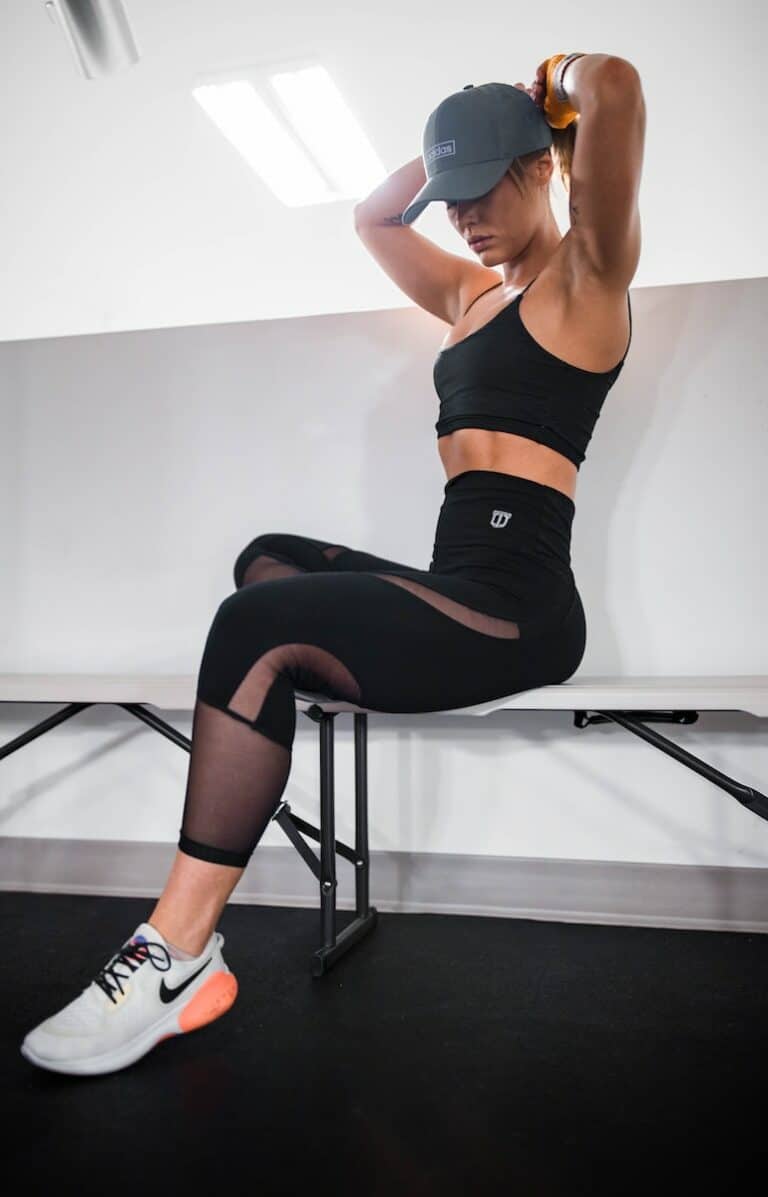Running with a hat on is a common practice among many runners, whether it’s for protection against the elements or simply for personal preference. But is wearing a hat while running truly beneficial, or could there be potential drawbacks? In this article, we will explore the various reasons why people may choose to run with a hat on, as well as some of the possible disadvantages that should be considered.

Benefits of Running With a Hat on
Protection from Harmful UV Rays
One of the primary reasons to wear a hat while running is to shield your face and head from the sun’s harmful UV rays. According to the Skin Cancer Foundation, skin cancer is the most common type of cancer in the United States, and wearing hats can provide an added layer of protection for your skin. A good running hat should have a wide brim or have extended side and back panels that offer coverage for your neck and ears, as these areas are particularly susceptible to sunburn.
Weather Protection
In addition to providing sun protection, running hats can also offer significant weather protection. For instance, in hot weather, a lightweight cap made of moisture-wicking material can help keep your head cool by allowing air to circulate around your scalp and by wicking sweat away from your face. Conversely, in colder temperatures, a hat made of synthetic material or wool can help retain body heat and keep your head warm, making for a more comfortable run.
Furthermore, a running hat can provide protection from wind, rain, and other environmental factors. If you’re running in the Rocky Mountains or along coastal trails, for example, a hat can help keep your face shielded from the elements. In a heavy rain, a hat with a brim can help keep water out of your eyes, improving visibility and overall safety during your run.
Hair Control
For runners with long hair, wearing a hat can help keep hair out of their face and eyes, which can be particularly useful during windy conditions. Some running hats even come with a built-in ponytail hole or adjustable strap, making them an ideal option for those with longer locks.
Potential Drawbacks of Running With a Hat on

While there are several benefits to wearing a hat while running, there are also some potential downsides to consider.
Creating Unnecessary Drag
For those who are focused on speed and performance, wearing a hat could potentially create unnecessary drag by disrupting the air flow around your head. While this may not have a significant impact on your overall pace, some competitive runners may prefer to avoid any additional factors that could affect their performance.
Impact on Body Temperature
While hats can be helpful in keeping your head cool on hot days or warm in colder temperatures, they may also have the potential to disrupt your body’s natural temperature regulation. If you’re running in a race or pushing yourself during a long run, wearing a hat could potentially make it harder for your body to maintain its optimal temperature, leading to overheating or increased fatigue. It’s important to choose the right hat materials and style for the weather conditions to minimize this risk.
Sweat Stains and Hygiene
Finally, one potential concern with wearing hats, particularly non-running hats like baseball caps, is the collection of sweat stains and bacteria over time. Running hats made of moisture-wicking materials are designed to wick sweat away from the skin, helping to keep you dry and comfortable during your run. However, other hats may not be as effective in this regard, leading to sweat stains, odor, and potential hygiene concerns. Opt for hats with mesh panels for better airflow and wicks sweat away.
Determining Whether to Run with a Hat or Not
Ultimately, the decision to wear a hat while running comes down to personal preference and individual needs. Factors such as sun protection, weather conditions, and hair control will play a role in determining whether a hat is the right choice for you. Additionally, the type of hat you choose also matters, with running hats typically designed to provide specialized benefits like moisture-wicking materials, UV protection, and features tailored for different weather conditions.
For some, running with a hat may not make a significant difference in their experience, while for others, it could provide valuable protection and comfort. If you’re unsure whether wearing a hat while running is right for you, try experimenting with different styles and materials to see what works best for your needs.
In conclusion, running with a hat on can provide a variety of benefits from protection against harmful UV rays, weather protection, and hair control. However, there are potential drawbacks to consider, such as creating unnecessary drag and potentially impacting body temperature. Ultimately, deciding whether to wear a hat while running depends on personal preference and the specific needs of each individual runner.
